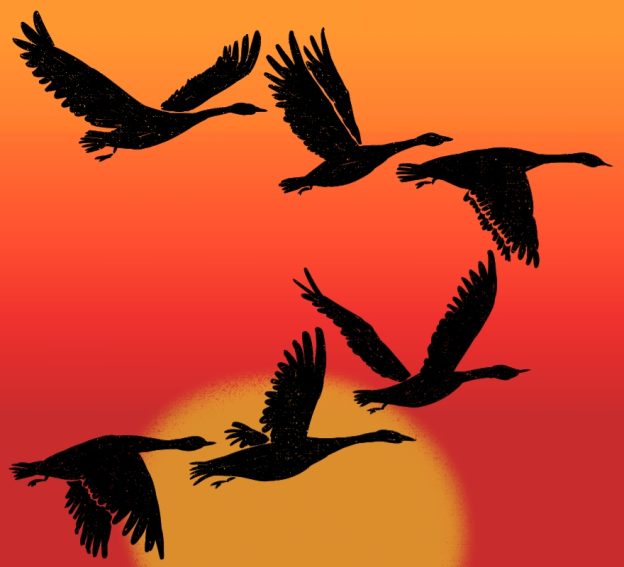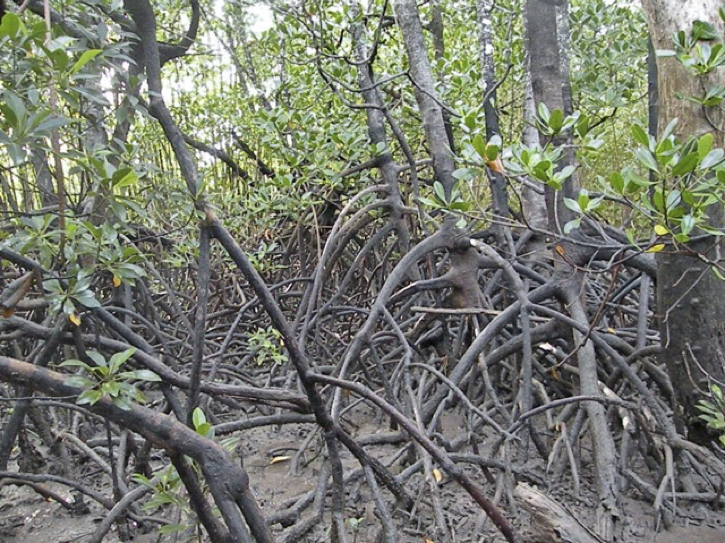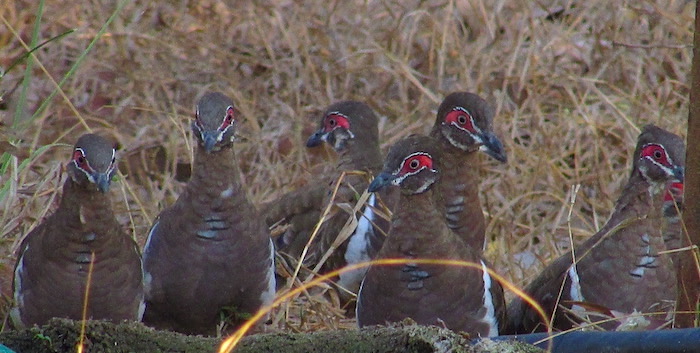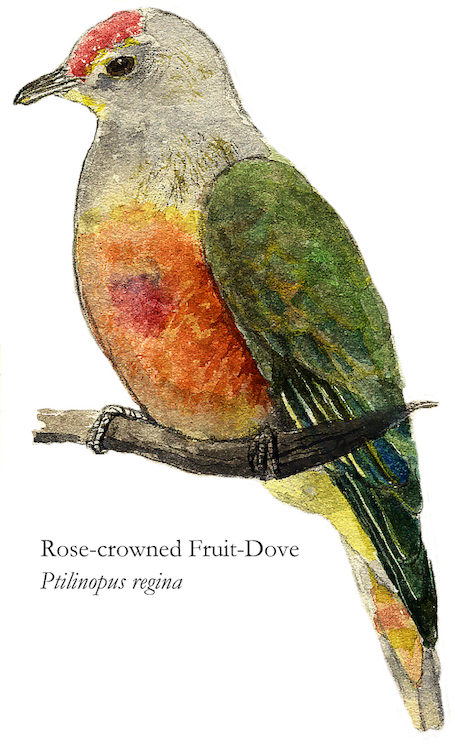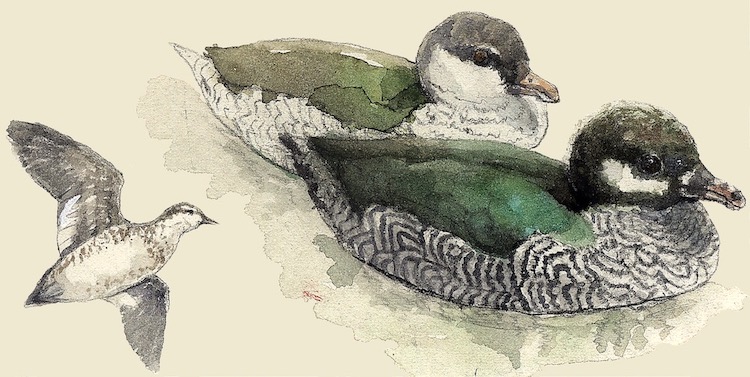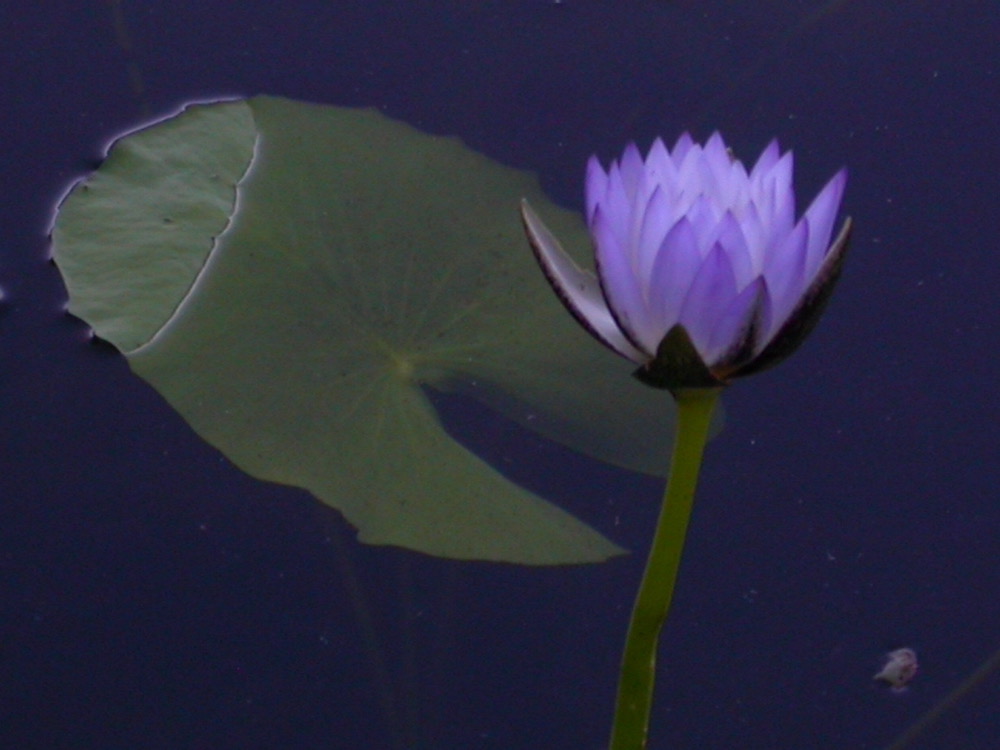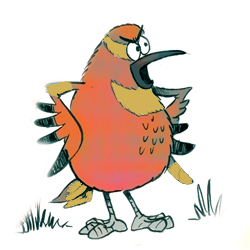By Guest Blogger Fatbirder
There are many birding fairs and festivals held around the world, each offering unique experiences and opportunities to see a variety of bird species. They are not uniform events. For example in the USA Birding Festivals tend to be held in top birding locations and the emphasis will be on daily led tours backed up by speakers with some fun events and stalls with most exhibitors being relatively local. Some international bird fairs, such as the UK’s Global Bird Fair have an emphasis on exhibitions from environmental charities, commercial birding companies such as optics, tours and bird feed backed up by speakers and fun events. Exhibitors will be from all over the world. There are even a few built around bird races.
Here are some of the biggest and best birding festivals in the world:
British Birdwatching Fair:
Now known as the Global Birdfair, this is the largest birdwatching event in the world. It takes place annually in August in Rutland, in the centre of England. It celebrates and raises awareness about birds and their conservation. It attracts over 20,000 visitors over three days every year, including bird enthusiasts, conservationists, and nature lovers and has literally hundreds of exhibitors in vast marquees.
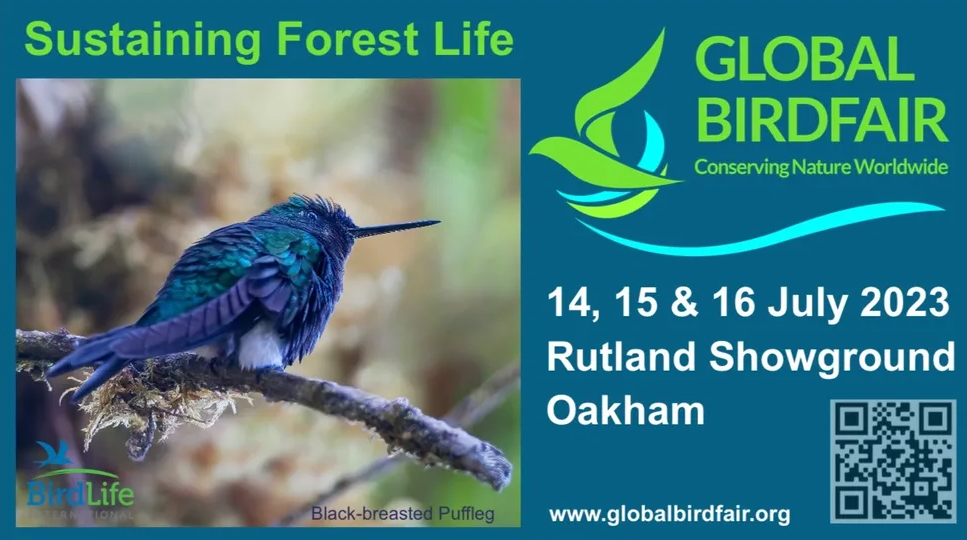
The Birdfair was first held in 1989 and has since grown to become the largest birdwatching events in the world. The event was organized by the Leicestershire and Rutland Wildlife Trust and the RSPB (Royal Society for the Protection of Birds), along with other organizations. During the pandemic it was held on line. Since then it has not had the involvement of Leicestershire and Rutland Wildlife Trust but is organised independently by a group set up the person who originally founded BirdFair.
The fair includes a range of activities, such as lectures, workshops, guided walks, and exhibitions, all related to birdwatching and conservation. There are hundreds of stalls selling books, optical equipment, bird food, birdwatching tours, art and other nature and bird related merchandise. Exhibitors come from all over the world.
One of the main goals of the Birdfair is to raise funds for bird conservation projects around the world. Each year, a different project is selected as the beneficiary of the funds raised at the event. Over the years, the Birdfair has raised millions of pounds for conservation efforts, making it an important event for bird lovers and conservationists alike.
Cape May Birding Festival:
The Cape May Birding Festival in New Jersey, USA, is one of the largest and oldest birding festivals in North America, typically held during the peak of spring migration. The festival is organised by the Cape May Bird Observatory, which is part of the New Jersey Audubon Society. It attracts birding enthusiasts from around the world who come to observe and learn about the many species of birds that pass through Cape May during migration as it is a well-known birding hotspot, that sits at the southern tip of New Jersey and is located along a major migratory route for many bird species especially many species of wood warblers.
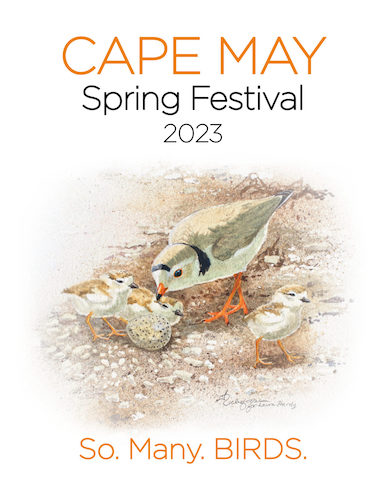
During the festival, participants can attend guided bird walks and workshops led by experienced birders and naturalists. There are also lectures, social events, and opportunities for bird photography. The festival typically offers a range of events and activities suitable for both novice and experienced birders.
Japan Bird Festival:
The festival is one of Japan’s largest bird-themed events and takes place at Lake Teganuma, Abiko City, in the Chiba Prefecture not far from Tokyo. The location in the northeast of Tokyo makes this place perfect for the event as the area is well-known to be a naturalist area with the massive Teganuma Lake and its surrounding lakes and nature reserves. For years, this birding event has attracted visitors from all over Japan and beyond.

During the Festival there are many activities that include presentations of research and activities related to birds and the natural environment by the government, NGOs, students, and civic groups.
International Ménigoute Bird Festival:
Every year, during the last week of October, a large international bird show is held in Ménigoute. Ménigoute, situated at 5 kilometres from Domaine les Forges in France is a small village with less than 1000 inhabitants, a hotel, a post office, a bakery and a sports hall. Thousands of people visit the festival in the last week of October.
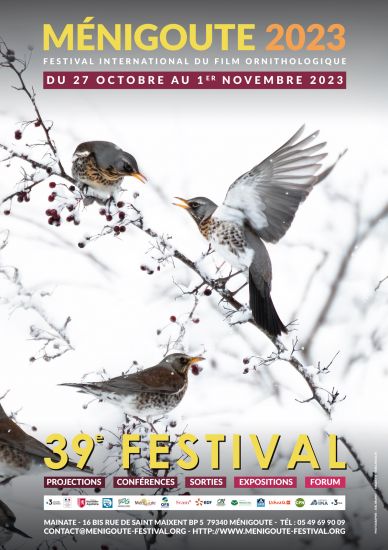
The festival is visited by bird lovers from all parts of France and beyond. There is plenty to do from watching films from about 15 different countries; participating in excursions; listening to lectures about birds to admiring exhibits of birds and paintings of nature. There are more than 100 stands of nature conservation organizations, nature areas, book stores etc. in a large tent.
Rio Grande Valley Birding Festival:
The Rio Grande Valley Birding Festival is an annual event that thas taken place in South Texas, USA for more than twenty-five years. It is one of the premier birding festivals in North America and attracts birders from around the world. The festival is held in November and offers a variety of birding activities, including field trips, workshops, lectures, and a trade show.

The Rio Grande Valley is known for its rich diversity of bird species, with over 500 species recorded in the region. Its location makes it a place where Canadian and American birders can see species normally found in Mexico and beyond. The festival takes advantage of this biodiversity by offering field trips to different habitats, such as wetlands, grasslands, and forests. Participants can expect to see a wide range of bird species, including raptors, waterfowl, shorebirds, songbirds, and many others.
In addition to birding, the festival also offers workshops on bird identification, bird photography, and other related topics. There are also lectures by renowned bird experts and conservationists, as well as a trade show featuring vendors of birding equipment, books, and other merchandise.
Bruny Island Bird Festival:
The Festival takes place every two years in March at Bruny Island, Tasmania, Australia. It was first held in 2010 as a community celebration of the remarkable diversity of birdlife on the island. The three-day Festival is jointly presented by the Bruny Island Environment Network, BirdLife Tasmania and Inala Nature Tours, drawing on the wealth of knowledge and experience of experts in these groups to provide both an engaging and educative immersion in the natural delights of Bruny.

The Festival has become a much-anticipated event by the community and visitors alike. Each Festival brings new features and long-term favourites. In 2022, the Festival continued to build on the four key elements of Community, Conservation, Science and Creativity to further involve the people of Bruny and Tasmania in the many tours, walks, workshops, lecturers, markets and cultural celebrations that are the Festival.
Bringing together Science, Conservation, Community and Creativity to create three days of enjoyment and education about the birdlife of this wonderful island. Packed with new features as well as old favourites, there are Expert Speakers, Birdwatching Tours & Walks, a Market Day, Art Exhibition and musical and comedic evening Celebrations of birds.
Festival of Birds:
The Festival of Birds is an annual event that takes place at Point Pelee National Park in Canada. Point Pelee is a renowned birding destination and is considered one of the best places in North America to see migratory birds because of its position sticking out into Lake Erie it is the first point of landfall for birds migrating across the lake. In bad weather many exhausted birds will ‘fall’ there to recuperate.
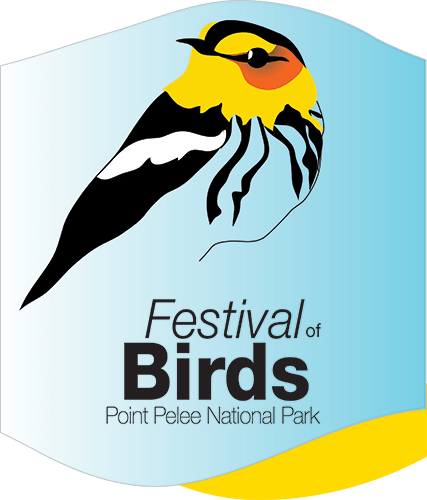
The festival usually takes place in May, during the peak of the spring migration season when millions of birds are passing through the area. During the festival, visitors can take part in a variety of birding activities, including guided bird walks, workshops, and presentations by expert birders and naturalists, and take advantage of the park’s many trails and observation towers to view the birds up close.
In addition to the birding activities, the festival also includes live music, food vendors, and other entertainment options.
Champions of the Flyway Bird Race:
Champions of the Flyway is an annual bird race that takes place in Israel. The event is organized by the Society for the Protection of Nature in Israel and the International Birding and Research Centre in Eilat. The main goal of the event is to raise funds for bird conservation projects in Israel, while also promoting birding as a popular hobby and promoting Israel as a birding destination.

The race takes place over a 24-hour period, during which teams of birders compete to see as many species of birds as possible. The race takes place in the Eilat region, which is one of the most important migration hotspots in the world, as millions of birds fly over the area during the migration season.
The event is unique in that it emphasizes the conservation of birds and their habitats, as well as raising awareness about the threats that birds face in the region through a competition. In addition to the race itself, the event also includes educational programs, workshops, and birdwatching tours, which are open to the public.
Since its inception in 2014, the Champions of the Flyway has become one of the most prestigious birding events for ‘listers’ in the world, attracting birders from around the globe. The event has raised over $600,000 for bird conservation projects in Israel, and has helped to promote birding as a popular and rewarding pastime.
Oaxaca Birding Festival:
The Oaxaca Birding Festival is an annual event held in the state of Oaxaca, Mexico, that celebrates the rich birdlife of the region. The festival usually takes place in mid-January and is organized by the Oaxaca Birding Club in collaboration with local authorities, conservation groups, and other stakeholders.
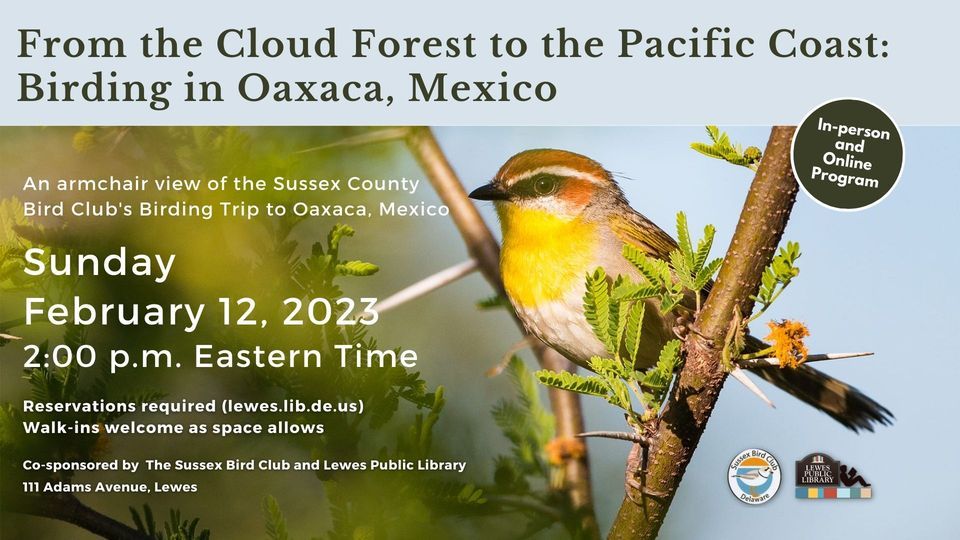
The festival offers a wide range of activities for birding enthusiasts, including guided birdwatching tours, bird photography workshops, lectures and presentations by expert birders, and cultural events that showcase the local traditions and cuisine of Oaxaca. The festival also includes a birding fair where participants can buy birding equipment, books, and souvenirs.
Oaxaca is a biodiversity hotspot with over 700 bird species recorded in the region, including many endemic and endangered species such as the Oaxaca Sparrow, Bearded Wood-Partridge, and Dwarf Jay. The festival provides an excellent opportunity to observe these species in their natural habitat and learn about their behaviour and ecology from experienced birders
In addition to birdwatching, the festival also promotes conservation and sustainable tourism practices in the region. Proceeds from the festival go towards supporting local conservation efforts and community development projects.
India Bird Fair:
The Indian Bird Fair is an annual event that celebrates the rich diversity of birdlife in India. It brings together bird enthusiasts, birders, naturalists, photographers, and conservationists from across the country and the world. It features a variety of activities and events, including birdwatching tours, bird photography workshops, bird identification sessions, talks and presentations on bird conservation and birding, and exhibitions showcasing the latest equipment and technology related to birdwatching and bird photography.
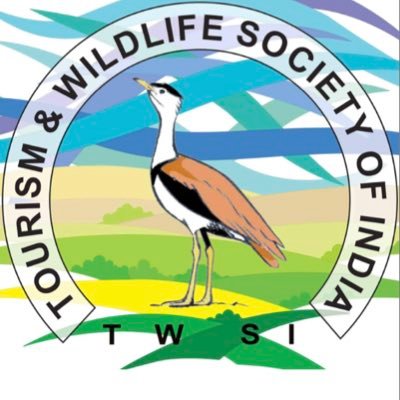
First held in 2019 in the state of Gujarat, it has since become a highly anticipated event in the Indian birding community. The fair is organized by the Gujarat Tourism Corporation in partnership with leading bird conservation organizations such as BirdLife International, the Bombay Natural History Society, and the Salim Ali Centre for Ornithology and Natural History. It aims to raise awareness about the importance of bird conservation and to promote ecotourism in India. It also provides a platform for bird enthusiasts to connect and share their knowledge and experiences, and to learn from experts in the field.
Other Notable Festivals
Haradh International Bird Festival:
The Haradh International Bird Festival is an annual event organised by the Saudi Wildlife Authority, which takes place in the city of Haradh in the Eastern Province of Saudi Arabia in February or March; the peak migration time. The festival is dedicated to the celebration of birds, their habitats, and conservation efforts to protect them and is part of the country’s efforts to promote ecotourism and preserve its natural heritage.
The festival attracts bird watchers, conservationists, and nature enthusiasts from around the world who come to witness the migration of birds from Europe and Asia to their winter homes in Africa. Haradh is located in the heart of the Al-Hasa Oasis, which is a major stopping point for migratory birds as they make their way south.
The festival features a range of activities, including bird watching tours, educational workshops, and cultural performances. Visitors can also enjoy traditional Saudi Arabian food and experience the local hospitality.
Festival of the Cranes:
The Festival of the Cranes is an annual event taking place at the Bosque del Apache National Wildlife Refuge in New Mexico, USA. It is usually held in late November and early December and celebrates the arrival of thousands of sandhill cranes and other migratory birds that visit the refuge during the winter months.
Visitors from all over the world can take part in a variety of activities including guided bird watching tours, photography workshops, and educational presentations about the cranes and other wildlife in the area. There are also arts and crafts vendors, food vendors, and live music performances.
One of the main highlights of the festival is the daily ‘fly-out’ and ‘fly-in’ events. Visitors gather at dawn and dusk to watch the cranes take off and return to their roosting areas in the refuge; a unique and unforgettable opportunity to witness the beauty and majesty of these magnificent birds in flight.
High Plains Snow Goose Festival, USA
The High Plains Snow Goose Festival is an annual event held in Lamar, Colorado, USA, that celebrates the spring migration of snow geese through the area. The festival typically takes place in late February or early March and lasts for several days.
During the festival, visitors have the opportunity to observe the snow geese in their natural habitat, as well as participate in a variety of educational activities and workshops focused on wildlife conservation, birdwatching, and photography. There are also birding tours, guided nature walks, and lectures from experts in the field. In addition to the snow geese, the festival also highlights other wildlife in the area, including bald eagles, sandhill cranes, and various waterfowl. Visitors can also enjoy local cuisine, arts and crafts, and live music.
Monterey Bay Birding Festival:
This festival in California, USA, offers birding tours and workshops, as well as a birding marketplace. It takes place annually in September.
Harbin International Ice and Snow Sculpture Festival:
The festival is an annual event that takes place in Harbin, China during the winter months. While the festival is primarily known for its stunning ice and snow sculptures, it also offers a unique opportunity for birdwatching. It is staged in a park called Sun Island, which is home to a variety of bird species. Visitors can spot birds in the park and waterfowl on the nearby Songhua River.
There are several birdwatching tours available during the festival, which are led by experienced guides who can help visitors identify the different bird species. These tours typically last for a few hours and take visitors to the best birdwatching spots in the park. Temperatures in Harbin during the winter can drop well below freezing, so visitors should dress warmly and wear appropriate footwear.
